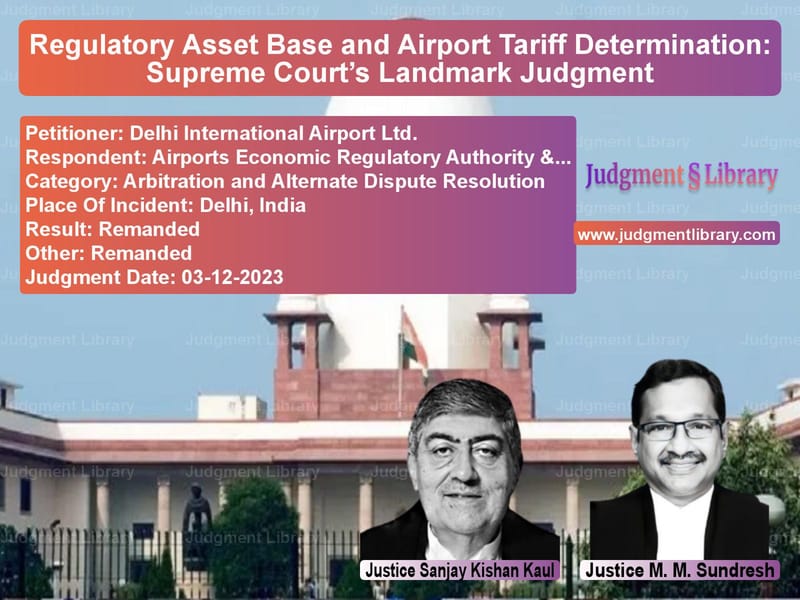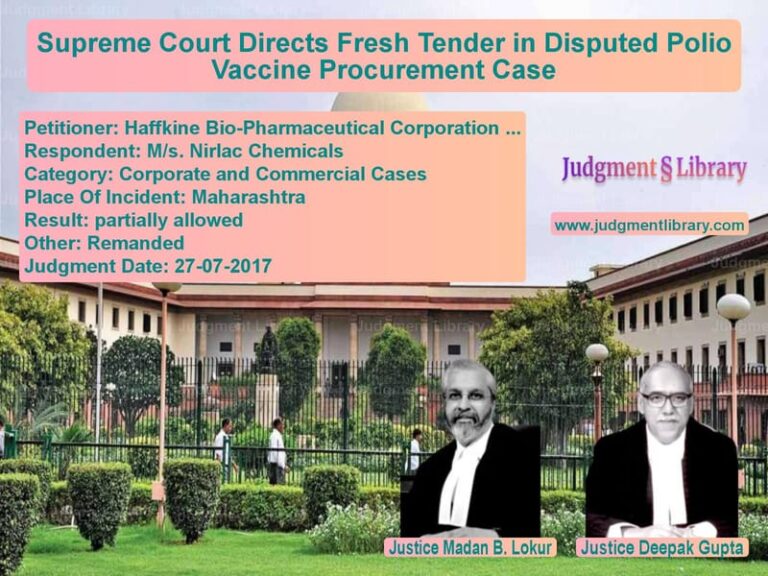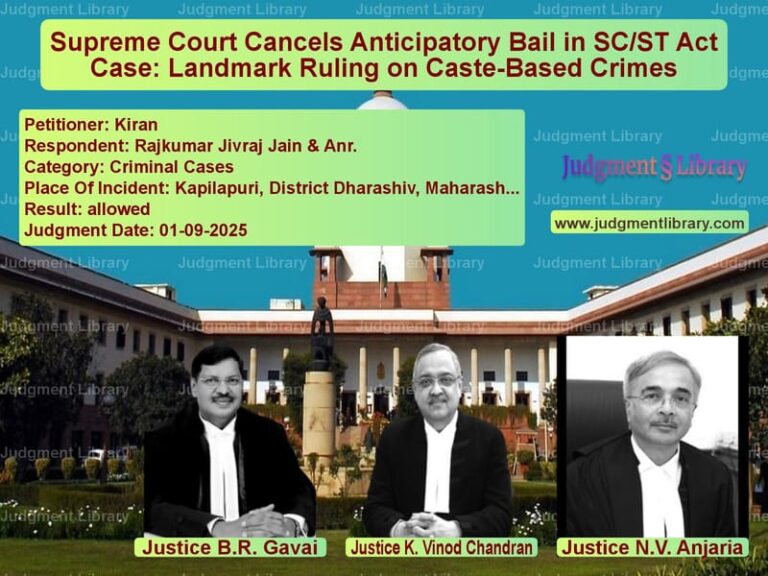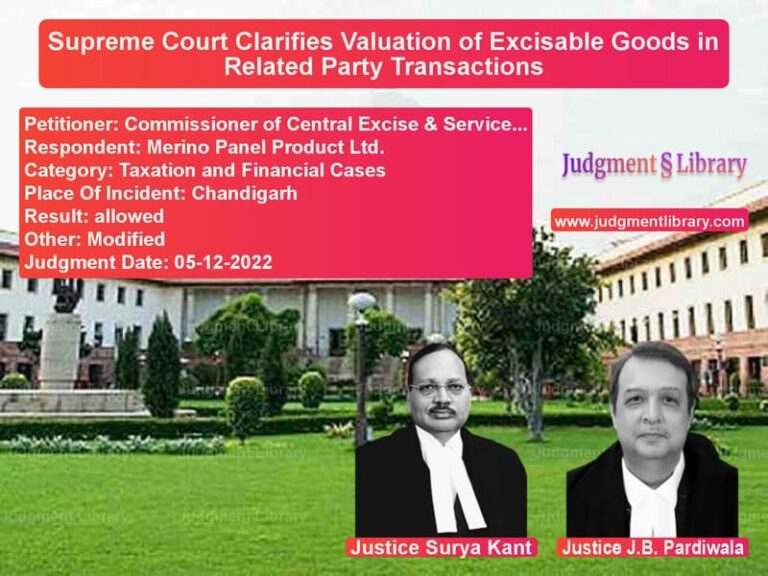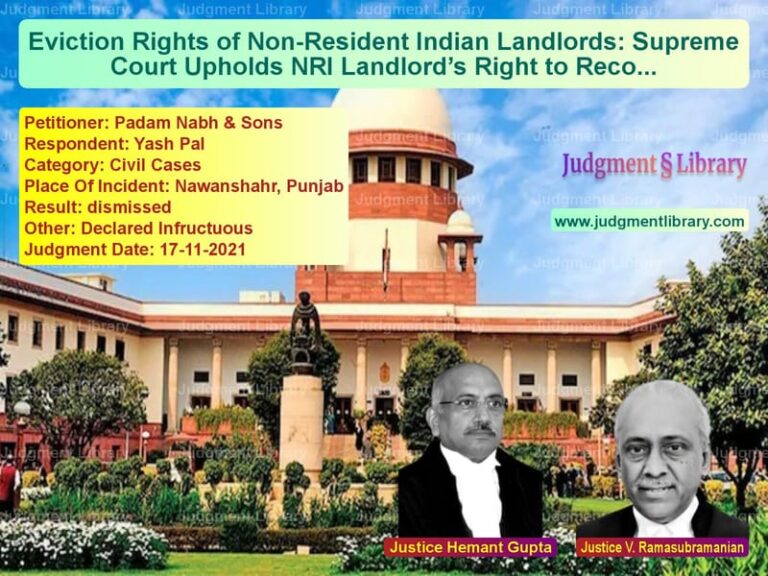Regulatory Asset Base and Airport Tariff Determination: Supreme Court’s Landmark Judgment
The recent Supreme Court ruling in the case concerning Delhi International Airport Limited (DIAL) and Mumbai International Airport Limited (MIAL) against the Airports Economic Regulatory Authority (AERA) has significant implications for the aviation industry, particularly in the domain of regulatory asset base (RAB) computation for tariff determination. This case brings to light the intricacies of how airport tariffs are structured and the methodology used to calculate them under Indian regulatory frameworks.
Background of the Dispute
DIAL and MIAL, the private entities managing major Indian airports, challenged AERA’s methodology in computing the RAB, which determines how aeronautical charges are levied on airlines and passengers. The primary contention revolved around the hypothetical regulatory asset base (HRAB) and whether AERA followed the correct approach in its assessment.
Arguments by the Petitioners
- The petitioners argued that the HRAB should be calculated using a ‘single till’ approach, which incorporates both aeronautical and non-aeronautical revenues into tariff determination.
- Their claim was supported by an internal communication from the Ministry of Civil Aviation (MoCA), which they asserted mandated a specific approach to HRAB computation that AERA failed to consider.
- The petitioners claimed that the omission of this approach resulted in inaccurate tariff calculations, leading to financial losses and inefficiencies.
Arguments by the Respondents
- AERA and other respondents maintained that the methodology they employed had been validated by previous regulatory and judicial bodies.
- They contended that the MoCA letter was not a binding policy document but merely an internal clarification that should not override the established legal framework.
- They further argued that revisiting the HRAB methodology would create regulatory instability and have financial implications for ongoing airport operations.
Supreme Court’s Analysis
The Supreme Court delved into several crucial aspects of the case, including the validity of the MoCA letter and its impact on tariff determination.
The Court made the following observations:
- The MoCA letter was an internal document and should have been disclosed during the initial proceedings for proper consideration.
- The Tribunal had not explicitly ruled on the methodology of HRAB computation, necessitating a more thorough examination.
- The case required reconsideration by the appropriate regulatory and judicial bodies to ensure a fair outcome.
Key Verbatim Excerpts from the Judgment
In delivering its ruling, the Supreme Court stated:
“It is evident that tariff determination is a complex process that must adhere to established regulatory principles. The omission of critical evidence at earlier stages cannot be overlooked, and therefore, this matter warrants further examination by the competent authority.”
The Court also remarked:
“The fundamental principle of regulatory oversight is fairness and transparency. Any deviation from prescribed methods must be thoroughly justified with documented rationale.”
Implications of the Judgment
This ruling sets a crucial precedent for how regulatory bodies calculate tariffs for airports in India. The Court’s decision ensures that all relevant factors are adequately considered, preventing miscalculations that could impact stakeholders, including passengers, airlines, and airport operators.
Impact on Future Tariff Determination
- The ruling mandates a more transparent and evidence-based approach to tariff setting.
- AERA must now revisit its computation methodology, ensuring that all relevant revenue sources are considered.
- The decision may influence tariff regulations across other regulated sectors beyond aviation.
Conclusion
The Supreme Court’s decision to remand the case back for reconsideration underscores the importance of fair and transparent regulatory practices. By mandating a thorough review of HRAB computation, the Court has ensured that future tariff structures will be based on sound economic and regulatory principles, benefiting all stakeholders in the aviation sector.
Petitioner Name: Delhi International Airport Ltd..Respondent Name: Airports Economic Regulatory Authority & Others.Judgment By: Justice Sanjay Kishan Kaul, Justice M. M. Sundresh.Place Of Incident: Delhi, India.Judgment Date: 03-12-2023.
Don’t miss out on the full details! Download the complete judgment in PDF format below and gain valuable insights instantly!
Download Judgment: delhi-international-vs-airports-economic-re-supreme-court-of-india-judgment-dated-03-12-2023.pdf
Directly Download Judgment: Directly download this Judgment
See all petitions in Arbitration Awards
See all petitions in Dispute Resolution Mechanisms
See all petitions in Enforcement of Awards
See all petitions in Institutional Arbitration
See all petitions in Judgment by Sanjay Kishan Kaul
See all petitions in Judgment by M.M. Sundresh
See all petitions in Remanded
See all petitions in Remanded
See all petitions in supreme court of India judgments December 2023
See all petitions in 2023 judgments
See all posts in Arbitration and Alternate Dispute Resolution Category
See all allowed petitions in Arbitration and Alternate Dispute Resolution Category
See all Dismissed petitions in Arbitration and Alternate Dispute Resolution Category
See all partially allowed petitions in Arbitration and Alternate Dispute Resolution Category

